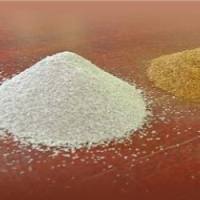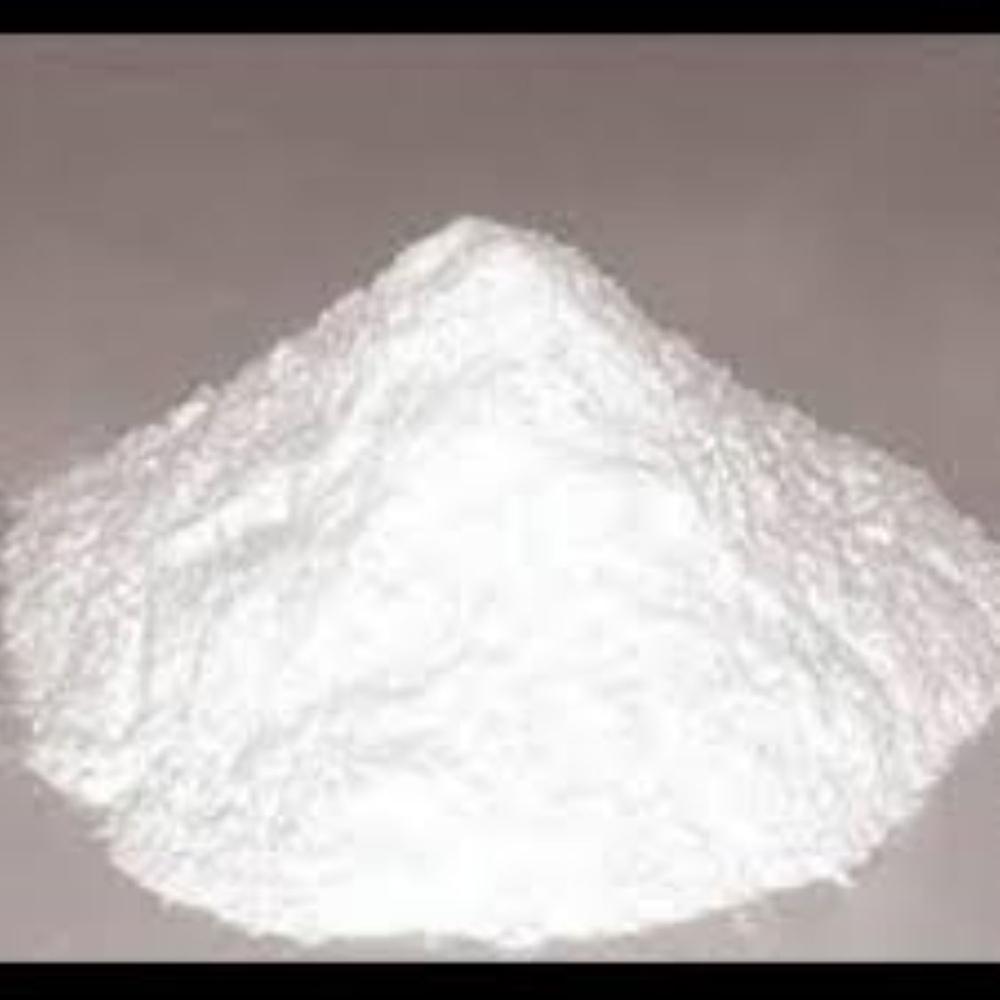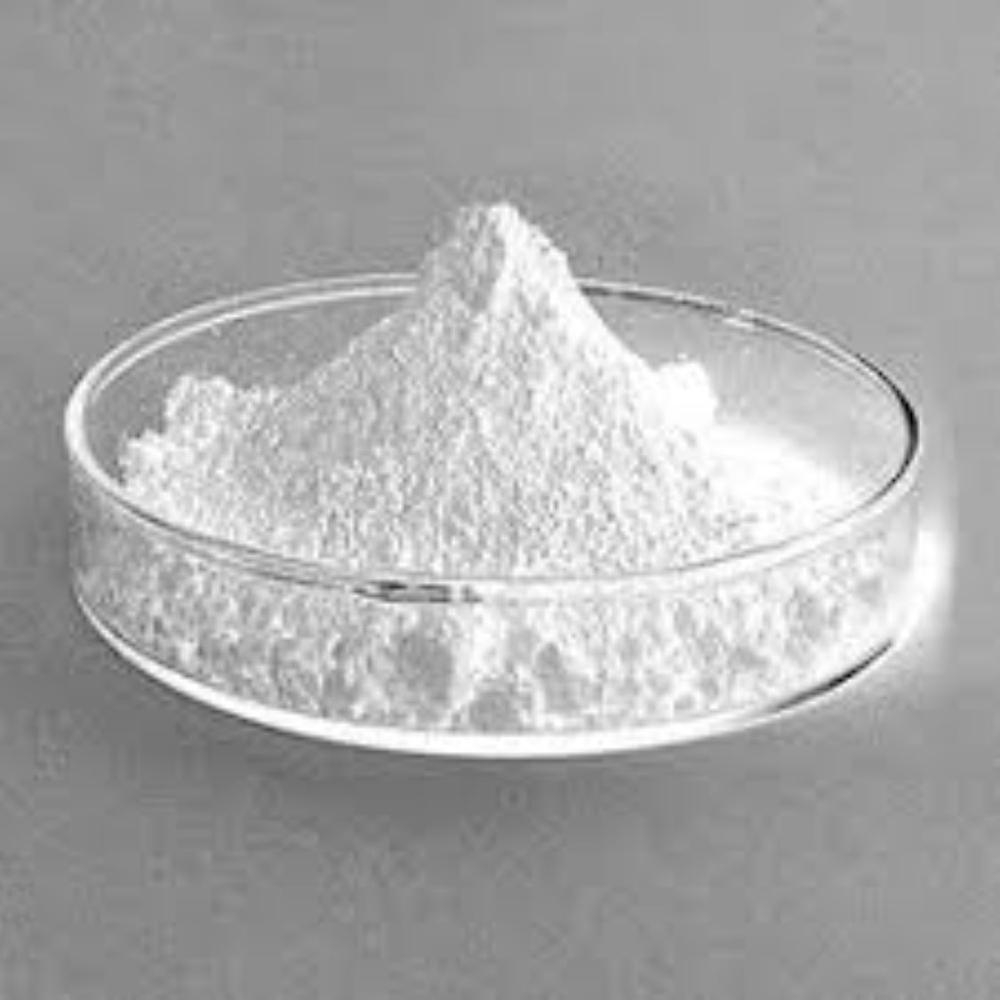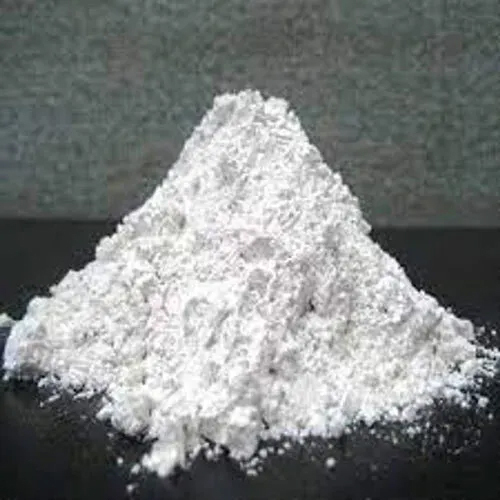Trifluoperazine HCL
16000.0 INR/Kilograms
Product Details:
- Structural Formula C21H24 F3 N3 S
- Melting Point 242 C
- Loss on Drying NMT 1.5%
- EINECS No 204-219-4
- Boiling point 506 C
- Storage Room Temperature
- Ph Level 1.60 to 2.50
- Click to View more
X
Trifluoperazine HCL Price And Quantity
- 16000.0 INR/Kilograms
- 25 Kilograms
Trifluoperazine HCL Product Specifications
- 204-219-4
- NMT 1.5%
- Pharmaceutical Intermediates
- 29343000
- 5 Years
- 242 C
- C21H24 F3 N3 S
- A White to pale yellow Crystalline Powder, Hygroscopic
- 117-89-5
- 1.60 to 2.50
- Phenothiazine
- Trifluoperazine HCL is used to treat the symptoms of schizophrenia Trifluoperazine HCL is also used on a short-term basis to treat anxiety in people who have not been helped by other medications.
- Odorless
- Medicine Grade
- Freely soluble in water, soluble in alcohol.
- Powder
- Room Temperature
- 480.42 Grams (g)
- Trifluoperazine HCL
- 506 C
- C21H24 F3 N3 S
Trifluoperazine HCL Trade Information
- Mumbai
- Cash Advance (CA), Cash in Advance (CID), Days after Acceptance (DA), Letter of Credit at Sight (Sight L/C), Letter of Credit (L/C)
- 100 Kilograms Per Day
- 7 Days
- No
- Free samples are available
- Drum pack
- Western Europe, Middle East, Asia, Australia, Central America, North America, South America, Eastern Europe, Africa
- WE PROVIDES ALL KIND OF CERTIFICATIONS AS YOU REQUIRED
Product Description
Customers can trust us for buying high quality Triflouperazine, manufactured at GMP site in Gujarat, India. The product is packaged and supplied to Indian and overseas markets.
Trifluoperazine HCL Properties:
- Name: 10H-Phenothiazine,10-[3-(4-methyl-1-piperazinyl)propyl]-2-(trifluoromethyl)-
- Superlist Name: Trifluoperazine
- CAS No.: 117-89-5
- Formula: C21H24F3N3S
- Molecular Weight: 480.42 .
- Synonyms: Phenothiazine,10-[3-(4-methyl-1-piperazinyl)propyl]-2-(trifluoromethyl)- (6CI,8CI); Flurazine; NSC 17474; RP 7623; TFP; Trifluoperazin; Trifluoperazine; Triflurin; Triperazine; 2-Trifluoromethyl-10-[3'-(1-methyl-4-piperazinyl)propyl]phenothiazine
- EINECS: 204-219-4
- Density: 1.239g/cm3
- Boiling Point: 506 C at 760 mmHg
- Flash Point: 259.8 C
Introduction of product:
Piperazine phenothiazine derivative trifluoperazine inhibits dopamine receptors by postsynaptic inhibition. The trifluoperazine also stimulates alpha adrenergic receptors and blocks histamine and serotonin in the central nervous system.
How does it work:
The drug trifluoperazine belongs to the antipsychotics class of medications. An entire class of drugs works in a similar manner. Many of these drugs are used to treat the same conditions.
The exact mechanism by which this drug works is unknown. It may help regulate the amount of a brain chemical called dopamine. Anxiety and schizophrenia are both affected by dopamine. Your condition may be improved if you control it.
Applications Or where it is used:
The drug trifluoperazine is employed in treating schizophrenia (a mental illness characterized by troubled thinking and loss of interest in life). Trifluoperazine may also be prescribed for short-term relief of anxiety in patients who have not been helped by other medications.
How to use:
Trifluoperazine HCL should be taken by mouth once or twice per day with or without food, as directed by your doctor. Your medical condition, age, and response to treatment will determine how much you should take. Weight also determines the dosage in children.
Dosage of usage:
Adult dosage (ages 18 64 years)
- Typical starting dosage: 2 5 mg twice per day.
- Dosage increases: As your dosage is slowly increased, your doctor will determine if your body can tolerate the side effects or not.
- Typical dosage: It should be taken in divided doses of 15 to 20 mg daily. It may be necessary for some people to take 40 mg or more daily.
Child dosage (ages 13 17 years)
- Typical starting dosage: 2 5 mg twice per day.
- Dosage increases: Your doctor will slowly increase your child's dose until their body adjusts to it or they become too sick to handle the side effects.
- Typical dosage: 15 20 mg divided over the course of the day. Some people may require as much as 40 mg per day.
Child dosage (ages 6 12 years)
- Typical starting dosage: 1 mg once or twice per day.
- Dosage increases: It is important that your child's dosage is increased until his body reacts to or cannot tolerate the side effects.
- Typical dosage: Children usually respond to 15 mg per day. Symptoms in older children may require a higher dosage.
Child dosage (ages 0 5 years)
- Children with schizophrenia under the age of 6 years have not been studied for this drug. This medication should not be used in children younger than 6 years of age.
Senior dosage (ages 65 years and older)
- Elderly individuals may experience impaired kidney and liver function. Your body may process drugs more slowly as a result. The drug stays in your body for a longer period of time as a result. You are at risk of side effects because of this.
Your doctor may lower your dose or change your dosing schedule. By doing so, you can prevent drug levels from rising too high in your body.
Side effects:
Common side effects include:
- drowsiness
- dizziness
- skin irritation
- skin dryness
- increased sweating
- skin darkening
- skin redness
- itchiness
- rash
- fatigue
- muscle weakness
- loss of appetite
- lactation
- dry mouth
- sleeping trouble
- blurry vision
Serious side effects include:
1) Neuroleptic malignant syndrome. Symptoms can include:
- fever
- sweating
- stiff muscles
- confusion
- changes in heart rate and pulse
- unstable blood pressure
2) Tardive dyskinesia. Symptoms can include:
- Being unable to control your mouth, jaw, face, tongue, or other body parts
3) Low white blood cell count can result in an infection. Symptoms of an infection can include:
- fever
- body aches
- chills
4) Orthostatic hypotension means sudden drop in blood pressure when you stand up from a sitting or lying position. Symptoms can include:
- lightheadedness or fainting
5) Trouble controlling your body temperature
6) Seizures
Tell us about your requirement

Price:
Quantity
Select Unit
- 50
- 100
- 200
- 250
- 500
- 1000+
Additional detail
Mobile number
Email










 : nilesh.sheth70
: nilesh.sheth70
